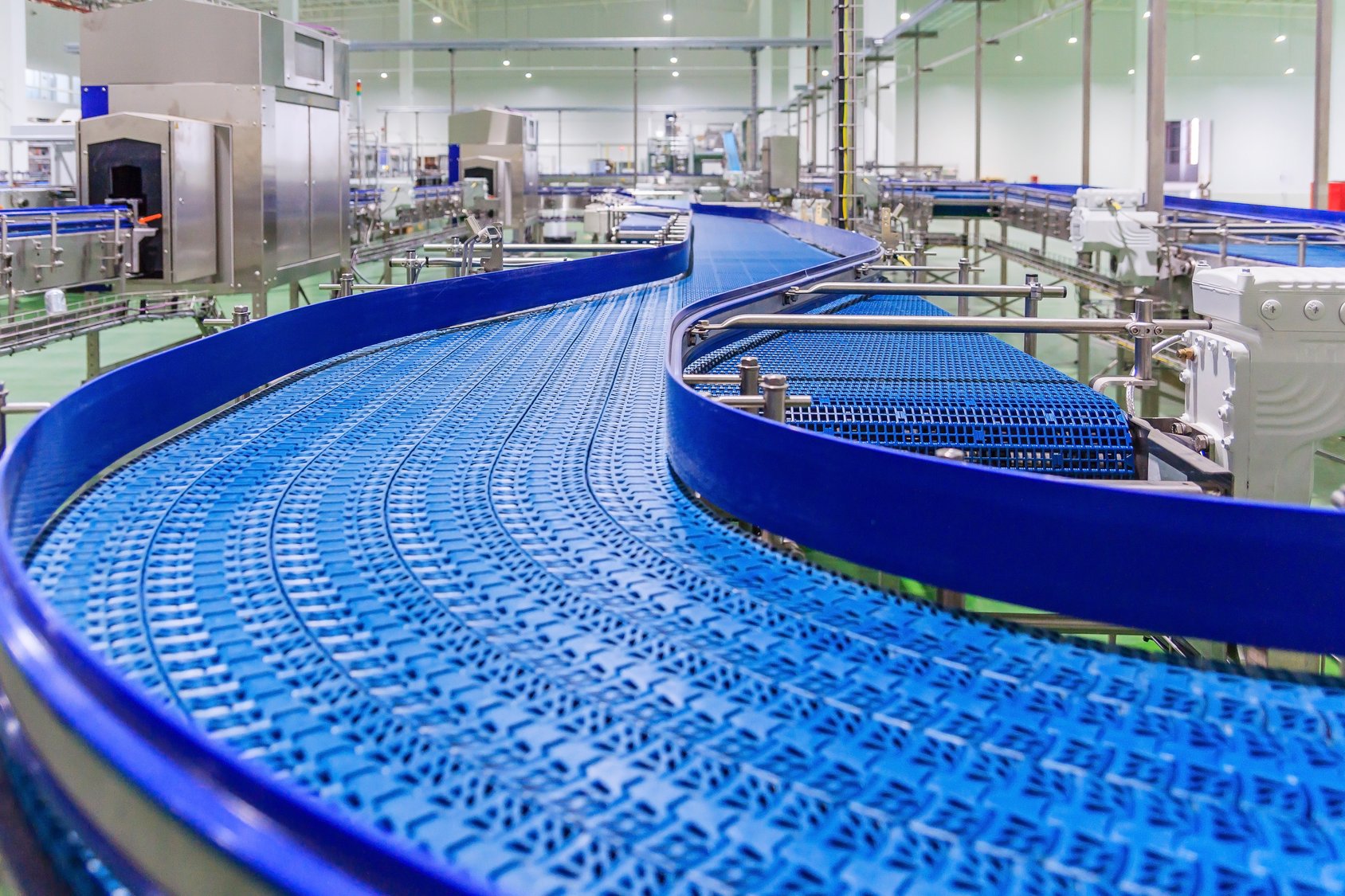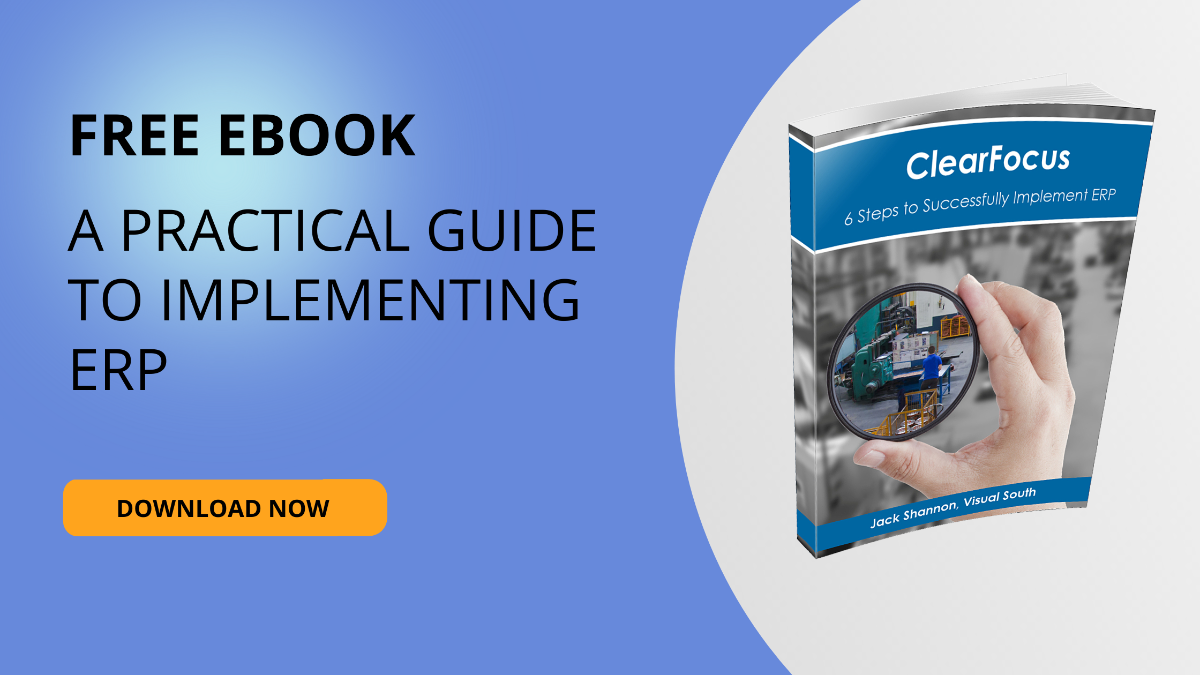
Things to consider during an Infor VISUAL ERP Implementation
The question of what to expect during an Infor VISUAL implementation usually comes up when a company has already decided on Infor VISUAL ERP as a solution, or when it is on the final list of contenders. It’s a good question to ask before you decide to commit, as you must consider the entire solution, not just the software. In any ERP project, I would suggest that the implementation methodology is even more critical than the software itself. Let’s look at a few reasons why….
There is no substitute for cooperative process development and training.
Think of your new ERP software like a new airplane. Just because it can almost fly itself doesn’t mean you would try to take off without the proper flight training. If someone handed you a bunch of manuals to read to learn to fly, you would most likely still crash without the guidance of a good flight instructor, regardless of how good those manuals are.
Similarly, you can buy the most technologically advanced ERP, but it will still fail without proper implementation support. More times than not, a failed ERP implementation was not due to the software package, but the way the solution was implemented (or not implemented).
Unless you have an ERP package written specifically for your business, you’ll be using one that was designed to fit a wide range of companies. Infor VISUAL ERP, formerly called VISUAL Manufacturing, is software designed for work order-driven manufacturers. So while it is geared for a particular type of manufacturer, it is not a pre-built solution for your company. Keeping this in mind about Infor VISUAL, manufacturing companies will use the software in different ways to achieve the desired results. An experienced Infor VISUAL ERP implementation partner will help guide you down the path that makes the most sense for your process, reducing the time spent working through all the different possible scenarios.
A well-implemented ERP system converts tribal knowledge into shared knowledge.
Many companies have an individual, or individuals, who have “tribal knowledge” of processes that aren’t documented. We hope those folks steer clear of any passing buses, or it could be detrimental to those companies’ futures! All kidding aside (though I’d argue this is actually a significant problem), companies that rely on tribal knowledge to run their business are usually not using a modern ERP system—or worse, they’re using a poorly implemented ERP system.
One of the main things you should expect from an Infor VISUAL ERP implementation is a method to convert that tribal knowledge into proper written operating procedures and process flow charts. In the past, procedures were purely written documents. Today’s technology gives you many more options for capturing your critical processes, including things like simple video recordings. Even better than that is software such as Infor’s EPAK for Infor VISUAL ERP, which not only creates step-by-step procedural documentation developed during your implementation, but also records and generates training and testing scenarios for new or existing employees. Tribal knowledge becomes system knowledge as part of the entire implemented ERP solution.
See Also: Info ERP: Everything You Need to Know
4 Components Of A Successful INFOR VISUAL ERP Implementation
Let’s get back to the original question of what to expect from an Infor VISUAL implementation. The following go hand-in-hand with any successful implementation:
1. Project Planning and Scope Definition
Having a plan and sticking to that plan will be a critical part of your Infor VISUAL implementation. You will work with your selected Infor VISUAL implementation partner to define the scope of your project, possibly organizing the work into multiple phases if necessary.
In many companies, when a modern ERP package is introduced, excitement about all the things it can do sometimes leads to scope creep (trying to do too much). To avoid that, you will need a plan for identifying which desires are within Phase 1 of the project, and which could be considered as part of a Phase 2 implementation.
There are certainly times when some additional functionality that was not part of the original plan can be brought into Phase 1 without impacting the budget or timeline of the project. You will need an internal process, along with assistance from your VISUAL ERP partner, when deciding on a change of scope. All project solutions should be categorized into “Must Have” and “Nice to Have” buckets to determine which phase they need to be implemented in. For example, scheduling work orders on the shop floor is a requirement for “Go-Live,” but using CRM is not, even though it is a feature of the system and your company would like to implement it. We would define Shop Floor Scheduling as a phase 1 requirement, while CRM would be moved to a phase 2 requirement after going live.
2. Change Management
Change plays a significant role in an ERP implementation. While some employees may realize that change is the reason they need a new system, others view change as a disruption to what they believe is already successful. Why fix it if it isn’t broken?
Change may apply to more than just the software and processes; it may also impact employee roles and responsibilities. That represents an unknown for some, and unknown equals fear. Fear can lead to resentment of the new system implementation. Change management therefore, is one of—if not the most—critical components of an ERP implementation project.
While change management needs to start at the top of the company, it also needs to be a part of your Infor VISUAL implementation partner’s responsibility. An effective partner should clearly convey the benefits of change, and help calm any fears. Everyone needs to be fully committed and on board. One loose nut can cause your new airplane to crash!
3. Commitment of Time
Many companies have streamlined their staff in such a way that no single employee has just one role. Multitasking has become the norm, and an expectation. (Sadly, no one has time to play Solitaire on their computer anymore, let alone implement a new ERP solution!) It’s inevitable that more work will be added to an already busy schedule.
Finding a way to dedicate time to the project is paramount for the success of the implementation—whether it is an hour every morning or several hours one day a week. In most cases, your VISUAL ERP consultants would not be working with all departments five days a week. This does not mean that everyone on the team should be sitting idle until it’s their turn to work with the consultants again. The internal project team needs to be sure they are managing everyone’s time on the project.
4. Assigning Responsibilities
Your Infor VISUAL ERP partner should have years of experience helping companies like yours with implementation. Relying on them for guidance is crucial. However, the ultimate responsibility for the success of an ERP implementation lies within your company’s implementation team. While a partner can lead you down the correct path from an ERP standpoint, you know your business best. The assumption that a consultant will come in and show you how you should run your business with their product, without complete cooperation and input from your team, would be a miscalculation. Full involvement and input are required on both sides for a truly successful solution.
You Will Be Successful!
Every company and every project is different. While the above elements are almost always part of the Infor VISUAL implementation process, your organization may have unique situations that require unique solutions. There is no such thing as “Plug ‘n Play” in an ERP implementation, so be prepared to be flexible, and focus on the goal of why you decided to venture down this path to begin with. Stay on target, and you will achieve success!







